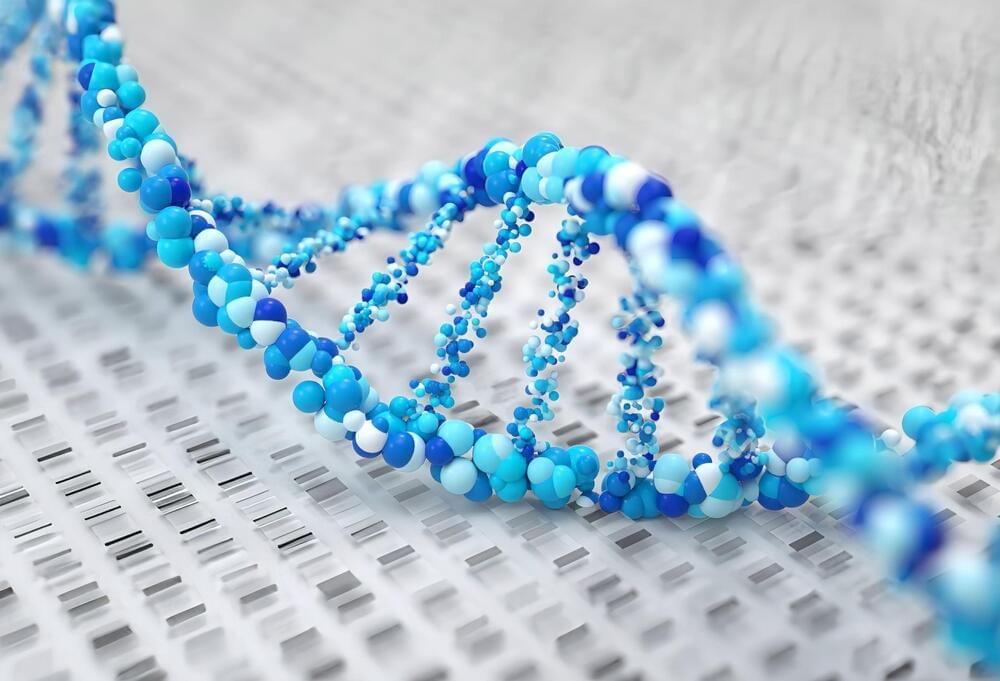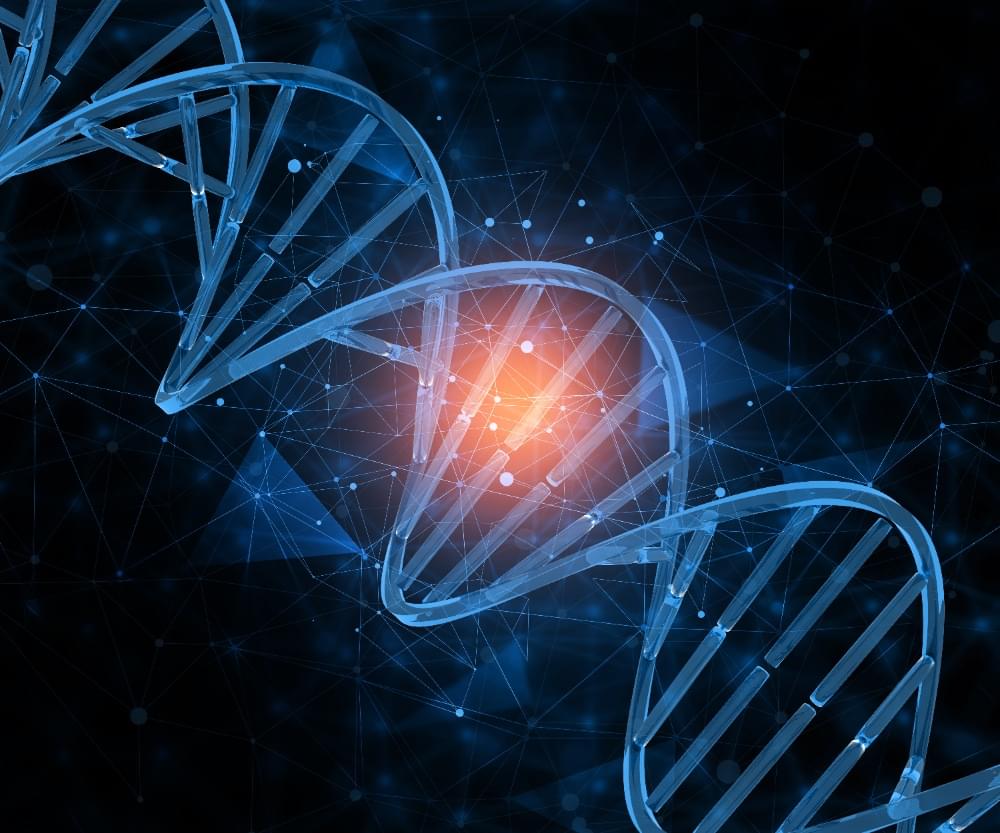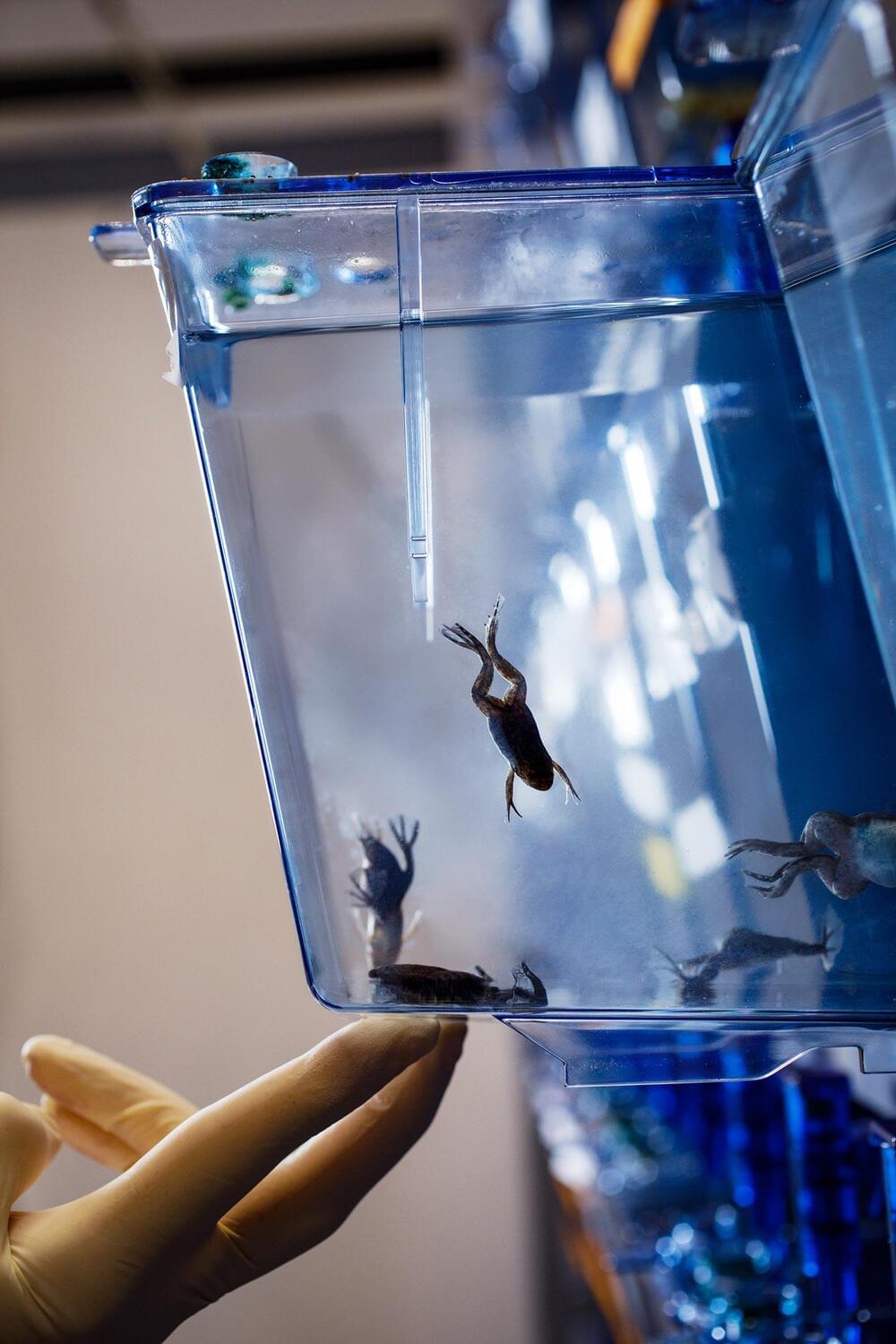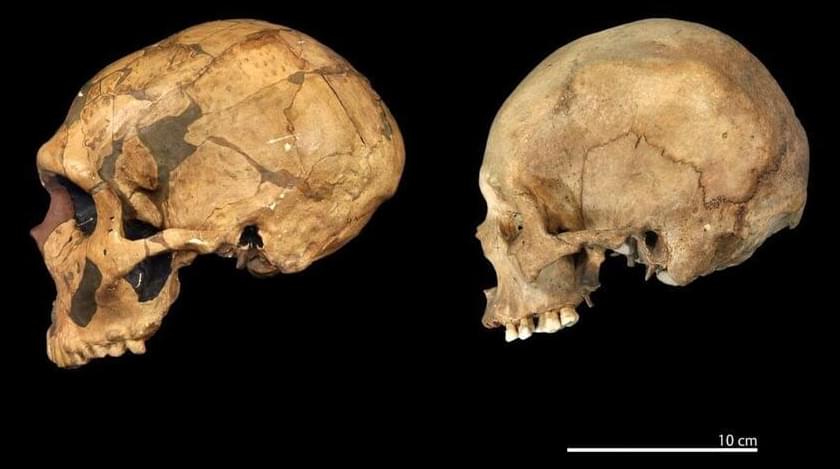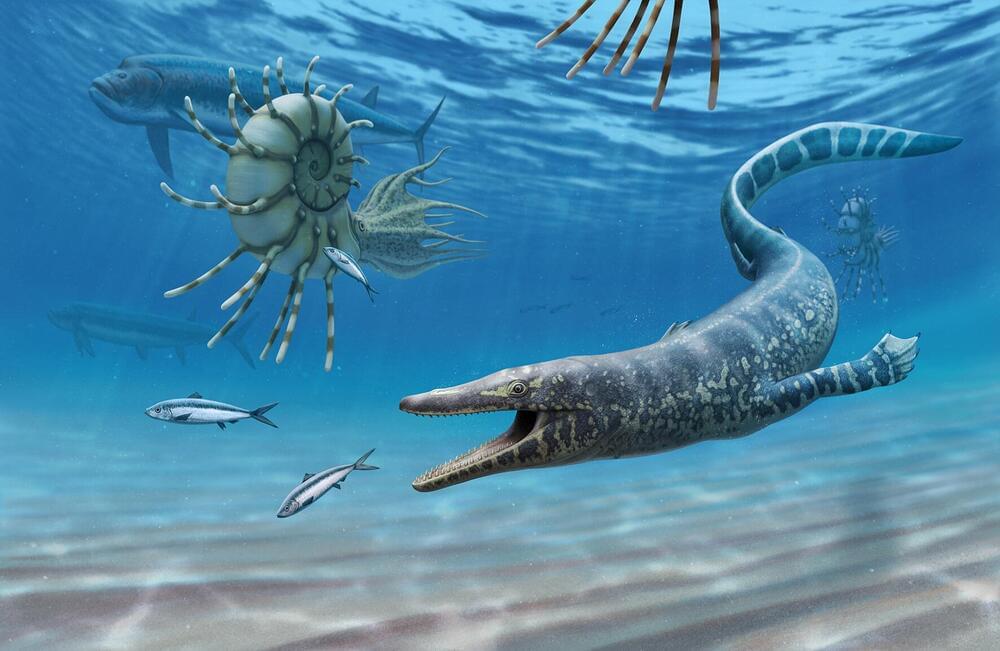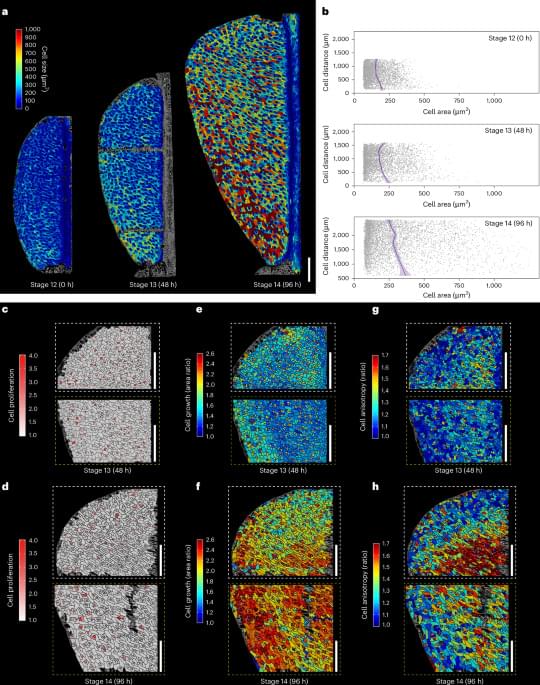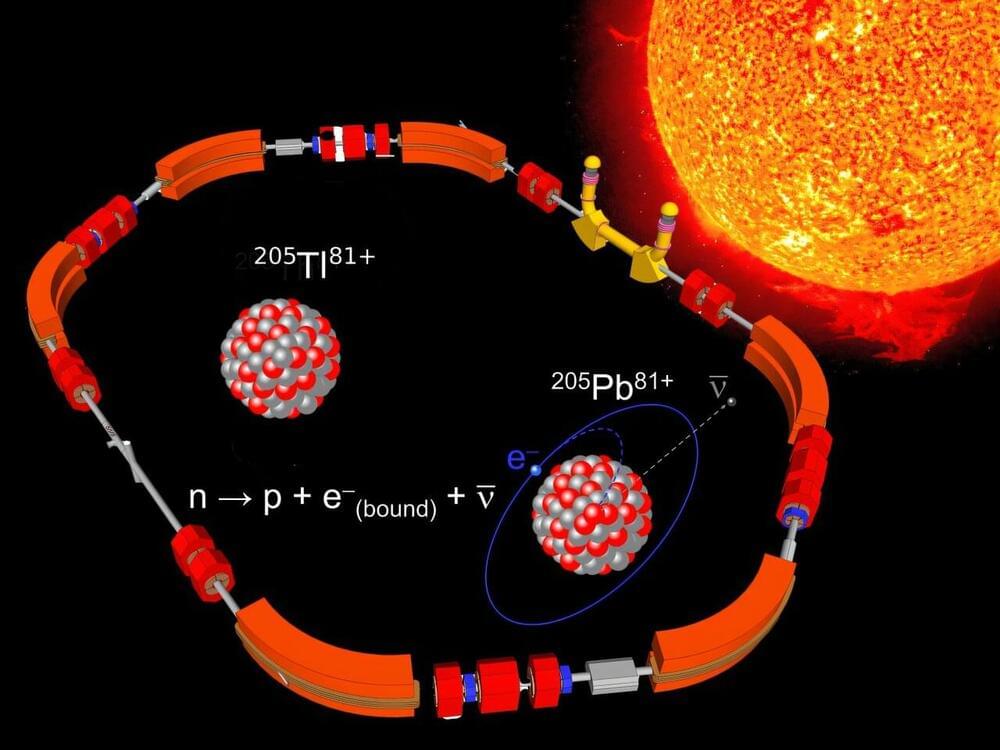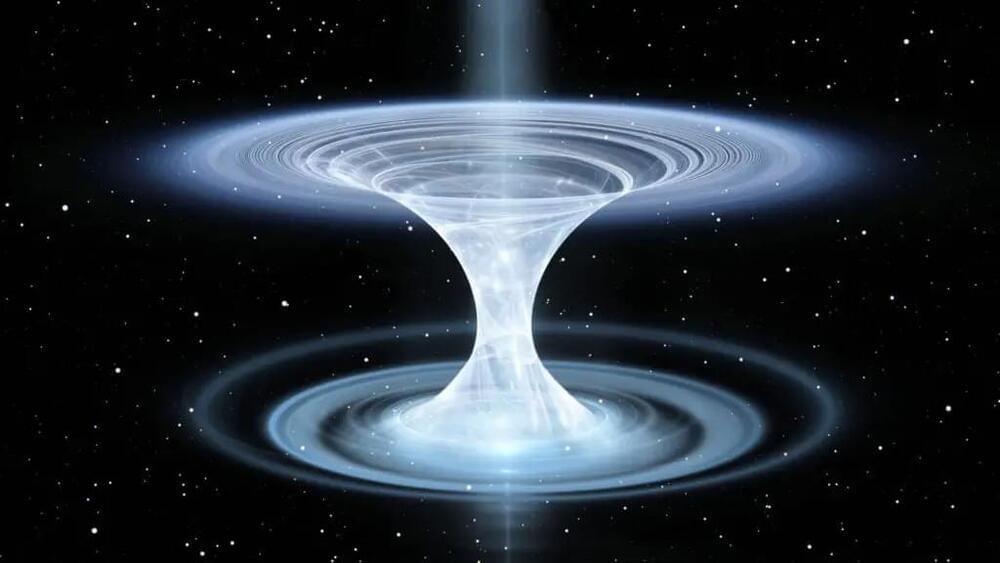Recent scientific efforts have advanced the development of a comprehensive primate evolutionary timetree, filling significant gaps in our understanding of primate biodiversity and evolutionary history.
The primate order includes not only humanity’s closest relatives—the seven great apes—but also more than 450 species of monkeys, lemurs, lorises, and galagos. This group is remarkably diverse, ranging from 400-pound gorillas to tiny mouse lemurs (Microcebus) that weigh just one ounce. Primates display some of the most fascinating behaviors in the animal kingdom: chimpanzees use sticks to ‘fish’ for termites in hollow logs, while orangutans fashion leaf gloves to handle prickly durian fruit.
Despite being among the most thoroughly studied animals on Earth, primates still lack a complete molecular phylogenetic tree—a comprehensive evolutionary map detailing when different species emerged and how they are related. A robust phylogenetic tree would use genetic data to trace the timing of species’ appearances and identify their closest evolutionary relatives. Currently, the largest molecular timetree for primates includes just over 200 species. Even the most extensive synthetic timetree, based on more than 4,000 published studies, covers only about 400 species, leaving roughly one-fifth of the primate evolutionary tree unresolved.

